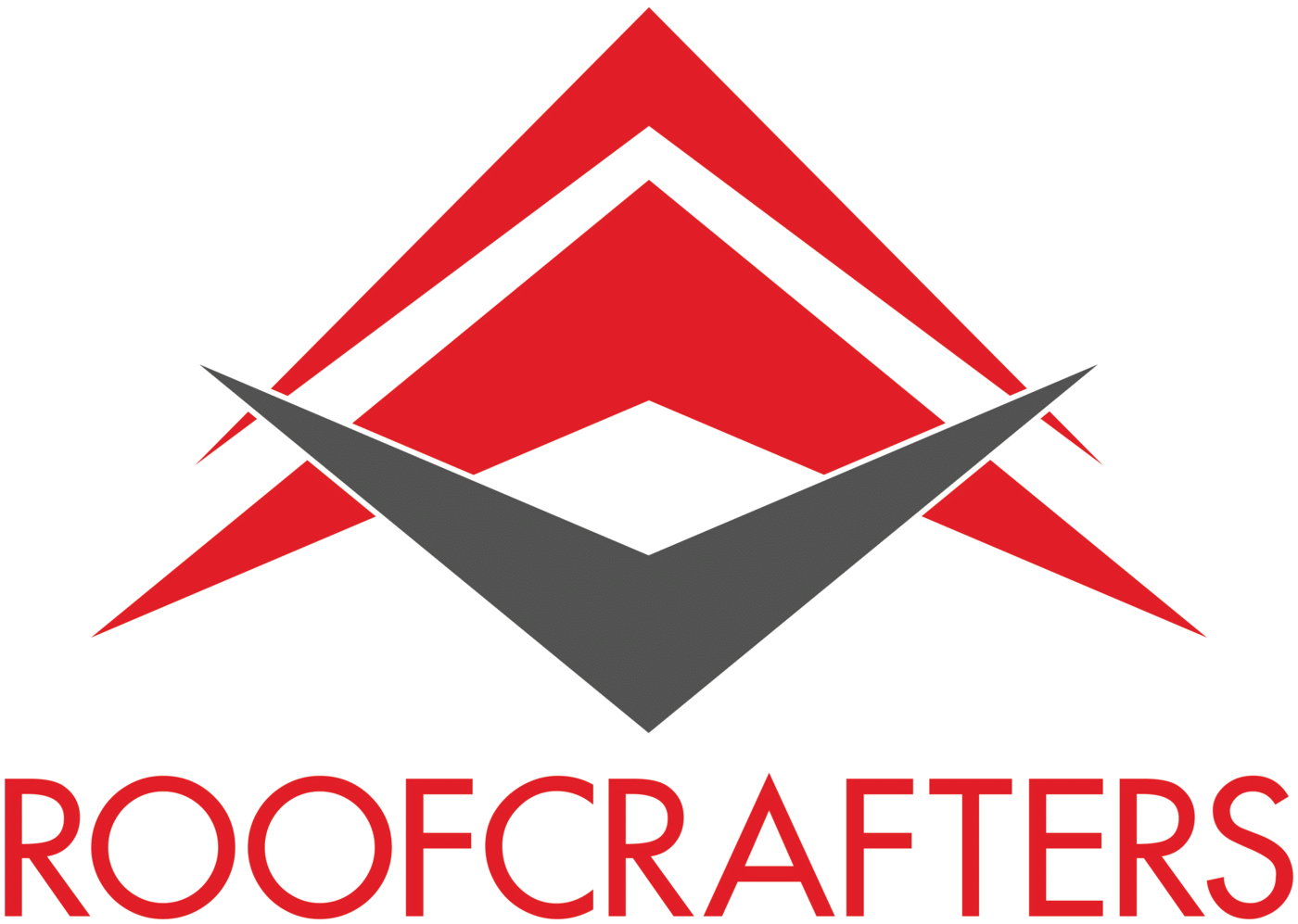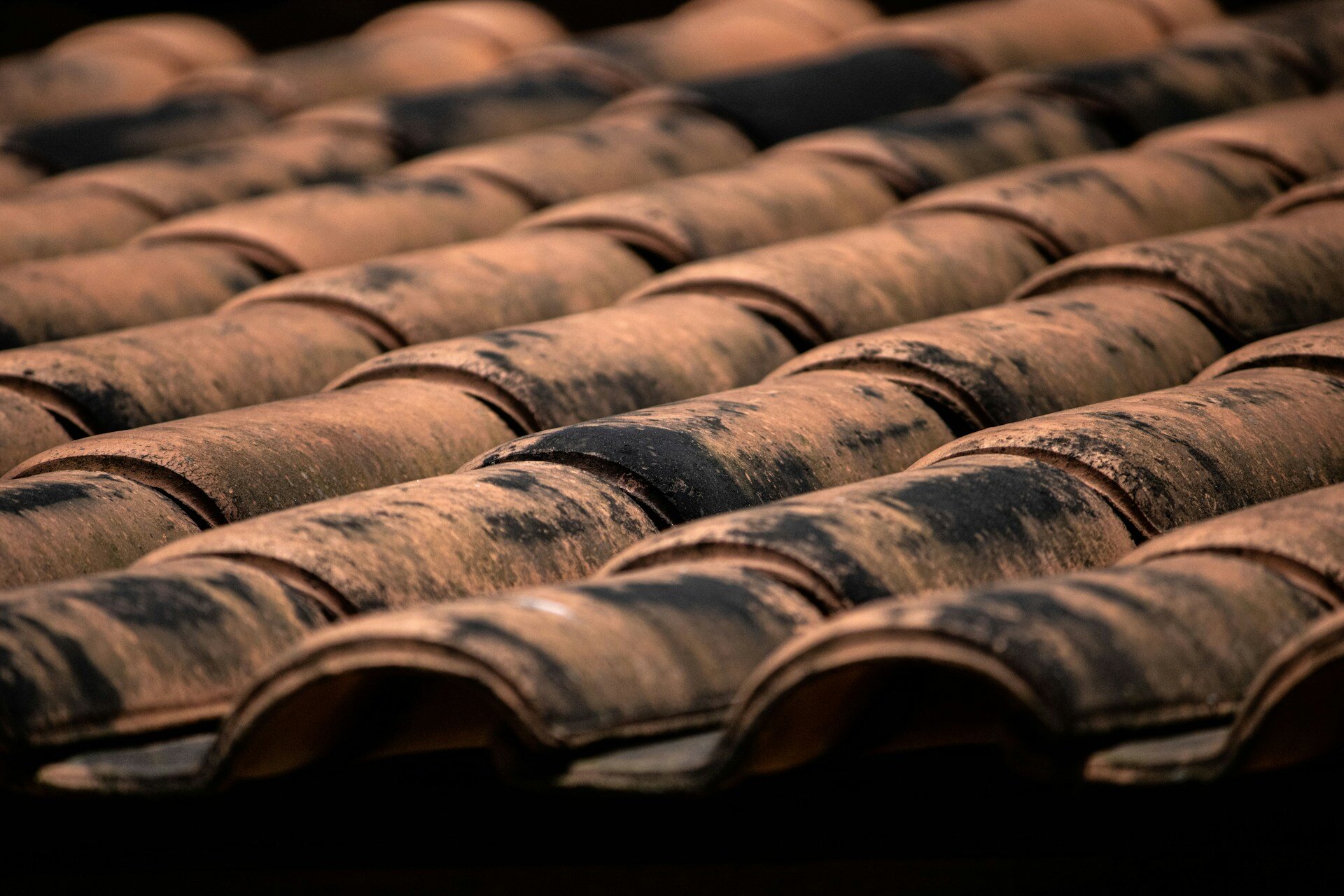
If you’ve noticed some unsightly dark streaks making their way across your roof, you’re not alone. Many homeowners have experienced this phenomenon and, understandably, want answers, and of course, solutions.
At RoofCrafters, we know that It’s not just about curb appeal (though let’s be honest, no one wants their roof looking like it’s been through the ringer). These dark streaks could be indicative of other issues.
So, what causes them, should you be concerned, and what can you do about them? Let’s break it all down together, shall we? Stick around until the end of this article to learn why your roof may have developed some dark streaks, and what you can do about it!
What Are Those Dark Streaks?
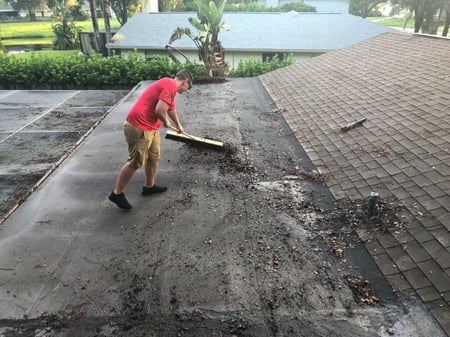
Contrary to popular belief, those dark streaks on your roof aren’t dirt, mold, or mildew. They’re actually caused by algae, specifically a type called Gloeocapsa magma. While the name sounds like a villain in a superhero movie, this algae is more of a nuisance than a danger, though it doesn’t mean you should ignore it.
This type of algae thrives in moist, humid environments. Once it lands on your roof (usually via airborne spores), it clings to the shingles and begins to grow. The dark streaks you see are the algae’s protective coating, shielding it from the sun’s rays. Think of it as algae sunscreen!
Why Is It on My Roof?
If you’re dealing with dark streaks, it’s probably because your roof has the right conditions for algae to thrive. Here’s what makes a roof particularly appealing to Gloeocapsa magma:
Humidity and moisture: If you live in a region with high humidity or frequent rain (hello, southeastern U.S.), your roof is more prone to algae growth. Algae love moisture, and the combination of heat and dampness creates the perfect breeding ground.
Shingle composition: Many modern asphalt shingles contain limestone, which is a favorite food for algae. It’s like an all-you-can-eat buffet for those pesky streak-causing spores.
Lack of sunlight: Shady areas of your roof, often caused by overhanging trees, dry out slower than areas exposed to full sun. This means those areas stay damp longer, giving algae more time to grow.
Airborne spores: Algae spores travel through the air, so even if you’re diligent about roof maintenance, your neighbors’ algae-ridden roof could be sending spores your way. It’s like a bad case of neighborly “roof flu.”
Are Dark Streaks on My Roof a Problem?

While dark streaks are primarily a cosmetic issue, they can have some unintended consequences if left unaddressed.
Reduced Curb Appeal
Let’s face it: dark streaks aren’t exactly the look you were going for when you picked out those shingles. If you’re planning to sell your home, a streaky roof can hurt your curb appeal and potentially impact your resale value.
Heat Retention
The dark color of the streaks absorbs more heat, which can increase the temperature of your roof. Over time, this added heat could lead to higher cooling costs in your home.
Premature Aging of Your Roof
While algae itself doesn’t directly damage your shingles, it holds moisture against them, which can contribute to the growth of moss and lichen. Those are the real troublemakers, as they can cause your shingles to degrade more quickly.
How Do I Get Rid of the Streaks?
If you’re ready to evict the algae from your roof, there are several ways to tackle the problem.
Professional Cleaning
The safest and most effective way to remove dark streaks is to hire a professional roof cleaning service. They’ll use specialized cleaning solutions that remove the algae without damaging your shingles.
Avoid high-pressure washing at all costs! While it might seem like a quick fix, pressure washing can strip the protective granules from your shingles, shortening your roof’s lifespan.
DIY Cleaning
If you’re feeling adventurous and don’t mind climbing onto your roof (safely, of course), you can clean it yourself using a mixture of water, bleach, and a little bit of elbow grease.
Here’s how:
- Mix one part bleach with three parts water in a pump sprayer.
- Spray the affected areas of the roof, starting at the bottom and working your way up.
- Let the solution sit for 15–20 minutes.
- Rinse thoroughly with a garden hose.
Pro tip: Be mindful of your landscaping below. Bleach can damage plants, so cover any shrubs or flowers with plastic sheeting before you start.
Zinc or Copper Strips
To prevent future algae growth, consider installing zinc or copper strips near the peak of your roof. When it rains, small amounts of these metals wash down your roof, creating an environment that’s hostile to algae. Think of it as giving your roof a protective force field.
Algae-Resistant Shingles
If you’re due for a roof replacement, look for algae-resistant shingles. These shingles contain copper granules that inhibit algae growth, keeping your roof streak-free for longer.
Can I Prevent Dark Streaks From Coming Back?
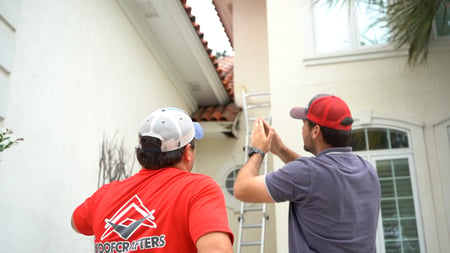
Once you’ve dealt with the existing streaks, it’s worth taking a few preventive measures to stop algae from returning.
Trim overhanging branches: Reducing shade on your roof allows it to dry faster after rain, making it less hospitable to algae.
Keep your gutters clean: Proper drainage prevents water from pooling on your roof, which reduces moisture levels and discourages algae growth.
Regular inspections: Inspect your roof at least once a year to catch any early signs of algae or moss. The sooner you spot it, the easier it is to address.
Zinc or copper strips: As mentioned earlier, these metal strips are a great long-term solution for preventing algae growth.
When to Call a Professional
If you’re not comfortable tackling the problem yourself or your roof is showing signs of damage (like missing shingles or leaks), it’s time to call in the pros. A roofing contractor can assess the situation and recommend the best course of action, whether it’s cleaning repairs or a full replacement.
Dark streaks on your roof might not be the most glamorous topic, but understanding their cause and how to deal with them is essential for maintaining your home’s appearance and value. Whether you opt for a DIY approach or hire a professional, the key is to address the issue before it leads to bigger problems. And remember, a clean, streak-free roof isn’t just about looks: it’s about protecting your investment and keeping your home in top-notch condition
So, take those streaks seriously, but don’t lose sleep over them. After all, even the best roofs need a little TLC now and then. If you’re ready for a little pro maintenance, be sure to hit the “Schedule an Inspection” button down below!
My name is Mitch, and I have over 10 years of roofing experience. I enjoy my career in the service industry because I love helping others take care of their homes and businesses. With over 10 years in the roofing industry, my success comes from my honesty and integrity during my roof inspections. I do my best to listen to the needs of my clients and strive to provide an awesome client experience.
